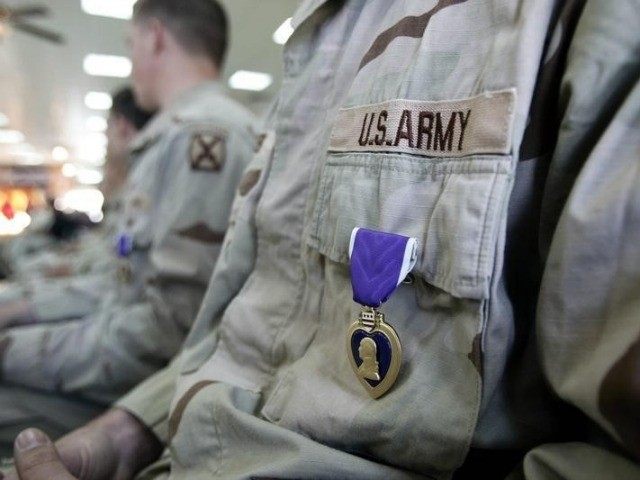New data shows that a six-year, $287 million campaign implemented by the American military to help soldiers feel more optimistic about their future, more than half of the soldiers surveyed felt pessimistic about their futures.
Out of the roughly 770,000 soldiers surveyed, 403,564 soldiers agreed with statements such as, “I rarely count on good things happening to me.” Almost half of the soldiers attested they had little satisfaction in their jobs or felt committed to their work, according to USA Today.
Retired vice admiral Norb Ryan, head of the Military Officers Association of America, and Joyce Raezer, executive of the National Military Family Association, said the causes of the downturn in soldiers’ morale could be attributed to two causes: fourteen years of war and the decisions by the Obama Administration to cut funding for the military. Others opine that the pay has not changed significantly in recent years, the deployment schedules have not changed, the ancillary benefits have not changed, but what has changed is “senior leaders so cowed by civilian authority that they will throw anyone under a bus to preserve the image of the military.”
The Washington Times reported last December that the morale drop coincided with Barack Obama’s tenure; between 2009 and December 2014, the percentage of soldiers who thought their lives were good or excellent plummeted from 91% to 56%.
58% of the soldiers had trouble sleeping, 56% scored poorly with nutrition, and 39% scored poorly regarding trust in their leadership or their peers. Only 14% felt their nutrition was good and they were sleeping well enough. Two-thirds of soldiers scored borderline or worse when it came to “catastrophic thinking.”
The Army started the program in 2009 intended to stimulate a more positive outlook among soldiers, creating a confidential, online questionnaire for the military. But USA Today asserts that the data secured by the study indicates that the program failed.
The Army disputed USA Today’s findings; Sharyn Saunders, chief of the Army Resiliency Directorate, which compiled the data, said, “I’ve sat and looked at your numbers for quite some time and our team can’t figure out how your numbers came about.” When USA Today responded by supplying Army documents supporting its assertions, her office replied that the formulas used to ascertain the results were obsolete, stating, “We stand by our previous responses.”
The Army estimated that the threshold for a positive result that was used for the data USA Today found was too high; once the threshold was lowered to what the Army felt was a more reasonable standard, only 9% of the soldiers scored poorly in optimism.
Interestingly, the data USA Today relied on showed over 400,000 soldiers or 53% expressing satisfaction or extreme satisfaction with their marriage, personal relationship, or family.
Scientists from the National Academy of Sciences asserted last year that the resiliency program showed no evidence of stopping mental illness, adding that the program could give soldiers a false sense of resiliency. The Army continued with the program anyway; last month the Army explained, “The Army funds this program because the Army values the lives of soldiers and wants to instill skills and competencies that will enhance their connections, relationships and ability to mitigate stressors and exercise help seeking behaviors through their life.”

COMMENTS
Please let us know if you're having issues with commenting.